The Madonna is one of the most beloved forms of Christian art. Madonna is the traditional term for images that depict Mother Mary holding her Child.
Madonna imagery dates from the earliest icons and frescoes of the ancient Church to the present day. In fact, the claim for the earliest Madonna painting may be found in the Catacombs of St. Priscilla in Rome, which dates the artwork to the 3rd century AD – 1800 years is an impressive artistic tradition.
Yet, when I see an image of the Madonna, I often think, “Poor St. Joseph!” Wasn’t Joseph also part of the Holy Family? Why does he get excluded from the family portraits?
Theology and Art
When I finally discovered the theological reasoning behind the long-standing tradition of Madonna paintings, it all made sense.
Depicting Mary and Jesus without Joseph is an artistic way to emphasize the two natures of Jesus: His divinity, which came through the eternal Fatherhood of God and His humanity, which was given Him by the motherhood of Mary.
In that scenario, St. Joseph the custodian of the Savior made no contribution to Christ’s birth, so that humble man is happy to take a back seat!
The other poignant fact of Madonna art is the way it depicts Mary always holding Jesus. Madonna figures do not look down on Jesus in the crib or watch Him play next to her. A Madonna, by definition, holds the Child in her lap or holds Him out to the viewer, presenting Him, if you will, to the world, which is Our Lady’s eternal vocation in God’s plan.
The theological messages of Madonna art are several:
- The intimate union of Mother and Child in the mystery of salvation;
- A foreshadowing of the Mother telling the servants at the Wedding of Cana to “do whatever He tells you” (John 2:5);
- A prophecy of the Sorrowful Mother standing at the Cross of Christ (Jn 19:25), re-presenting Him to the world as the Lamb of God who takes away our sins;
- Hints at the Church’s teachings on the Divine Maternity, the Perpetual Virginity of Mary, and Mary as the Mediatrix of all Graces, teachings or doctrines which would come later in history.
Natural Look-Alikes
The theology of Madonnas also hints at a basic biological fact: without a human father, Jesus’ holy Mother was the sole contributor to the DNA of the Child.
This means, of course, that Mary and Jesus must have borne a remarkable physical resemblance to each other! There is a whole study to be done on this subject, but we will have to leave that for another time.
For now, I’d like to give you an idea of the incredible consistency of Mother and Child look-alike images in the history of Madonna art. Artists, intuiting the reality of Mary and Jesus’ biological resemblance, have an extraordinary track record of depicting Baby Jesus as the “mini me” of Mary. The images bear this out across innumerable cultures, times, and artistic styles in the Christian Tradition.
I’ve not arranged the images in the gallery below in any particular order. They are simply meant for your great joy and blessing in this Christmas Season.
Madonna and Child Art through the Ages

Soul Work
The holy season of Christmas often brings us together with our mothers in different places or brings back memories of them if they have preceded us into the life to come.
Of course, the maternal contribution to our individual lives is always more than just our DNA. A mother’s influence encompasses our worldview, our emotional life, our vocations, and our faith, and it stays with us for our entire lives.
Let us take time today to thank our loving God for our mothers and say a prayer for them, even if we haven’t been blessed with ideal mothers. Outside of the holy Mother of Jesus there is no such thing as an ideal parent.
Yet, somehow in the divine plan of things, we can find meaning even in the defects and catastrophes of our sad world. Ours is a world belabored by sin and death, but it was to this world that He came to us – through Mary.
Come let us rejoice!

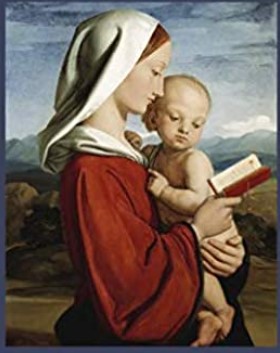
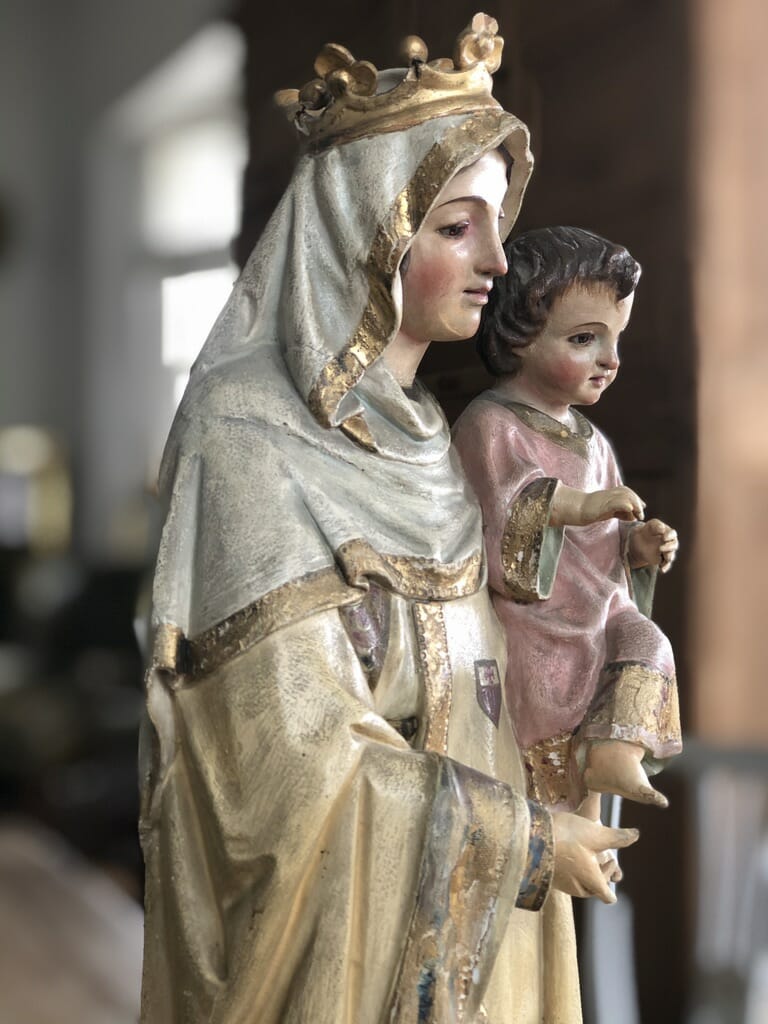
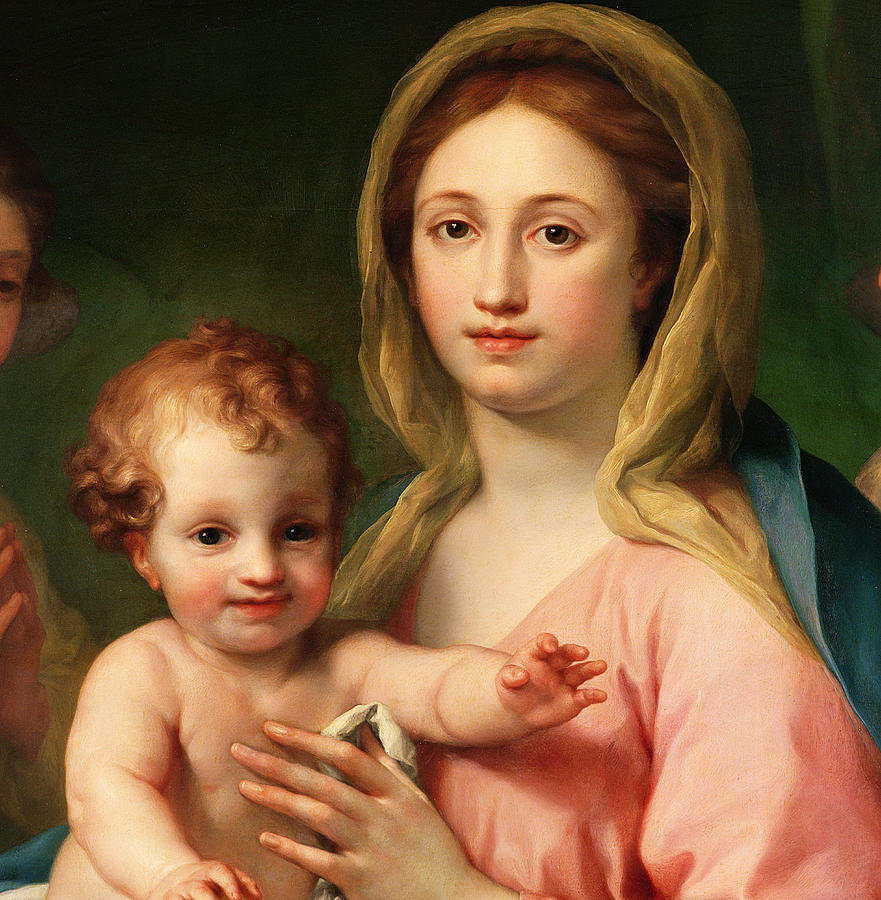
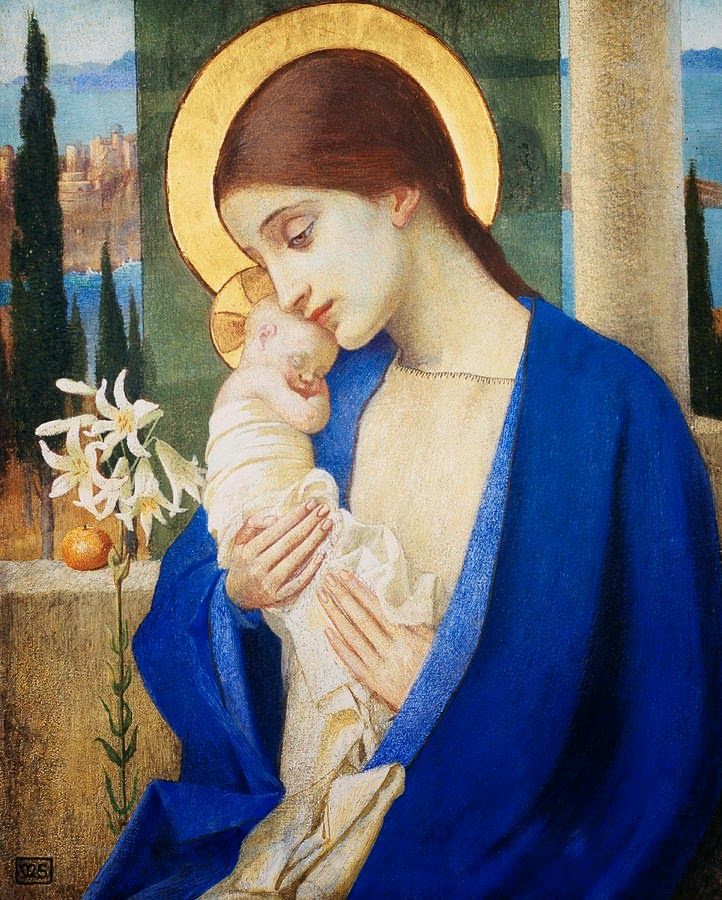
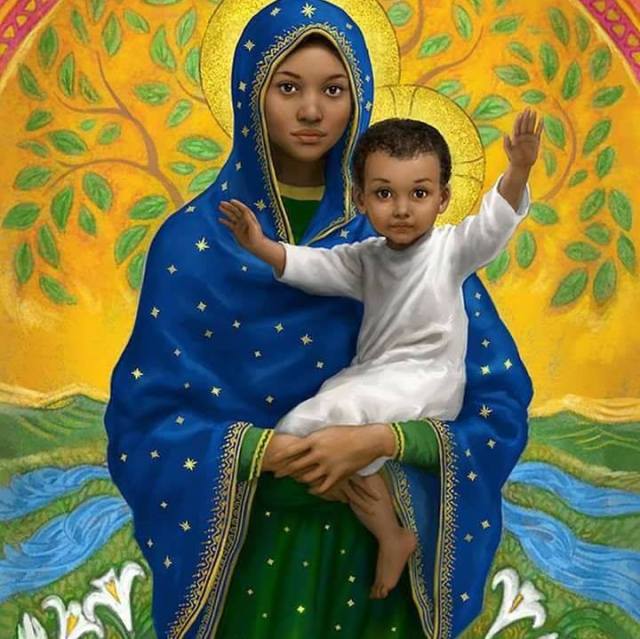
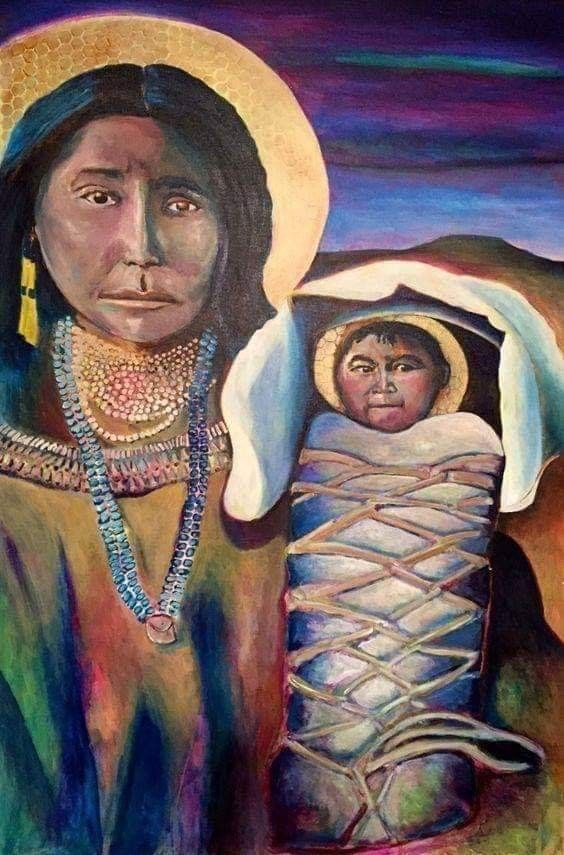
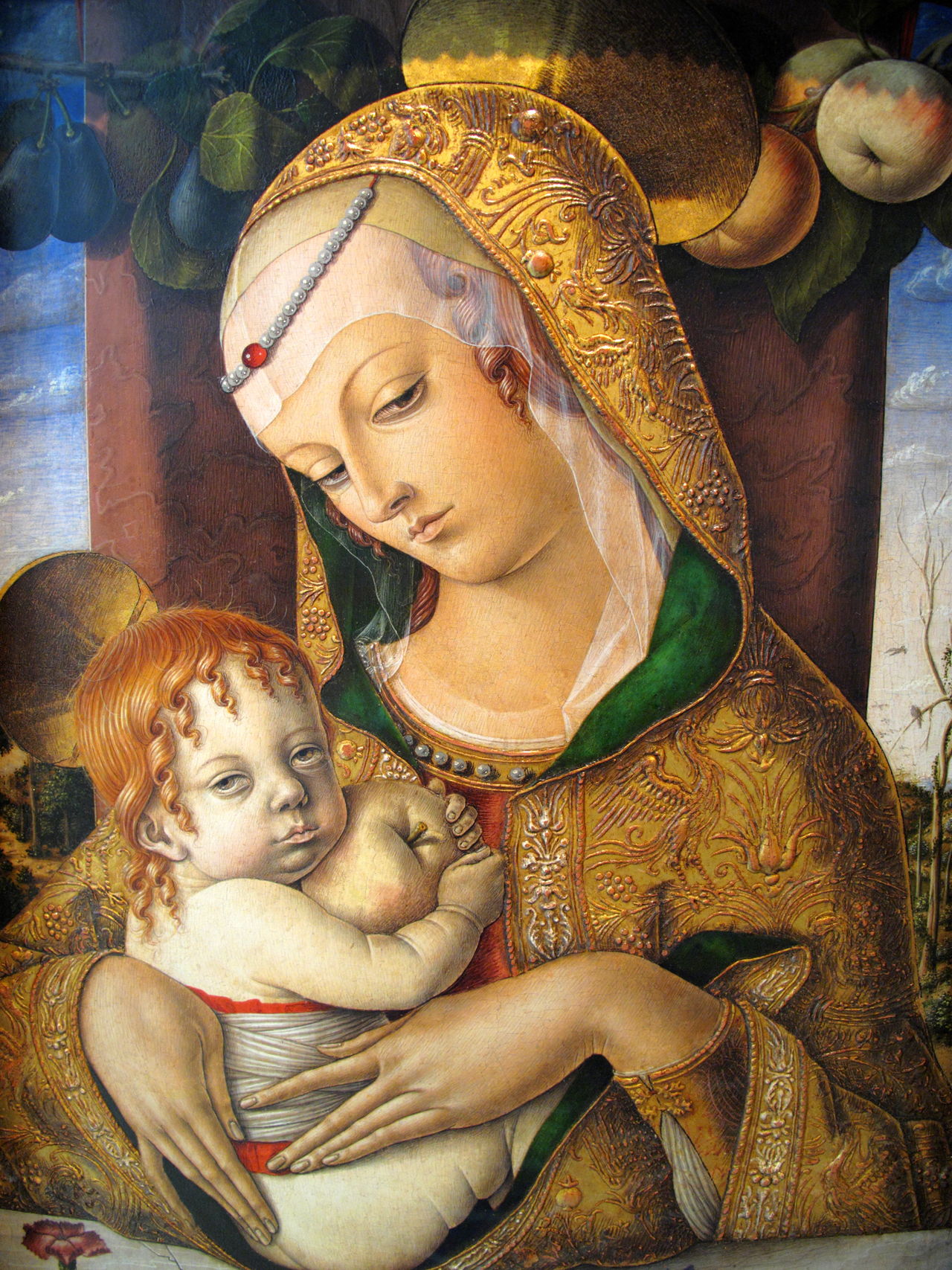
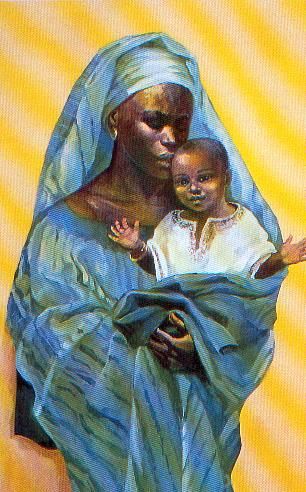
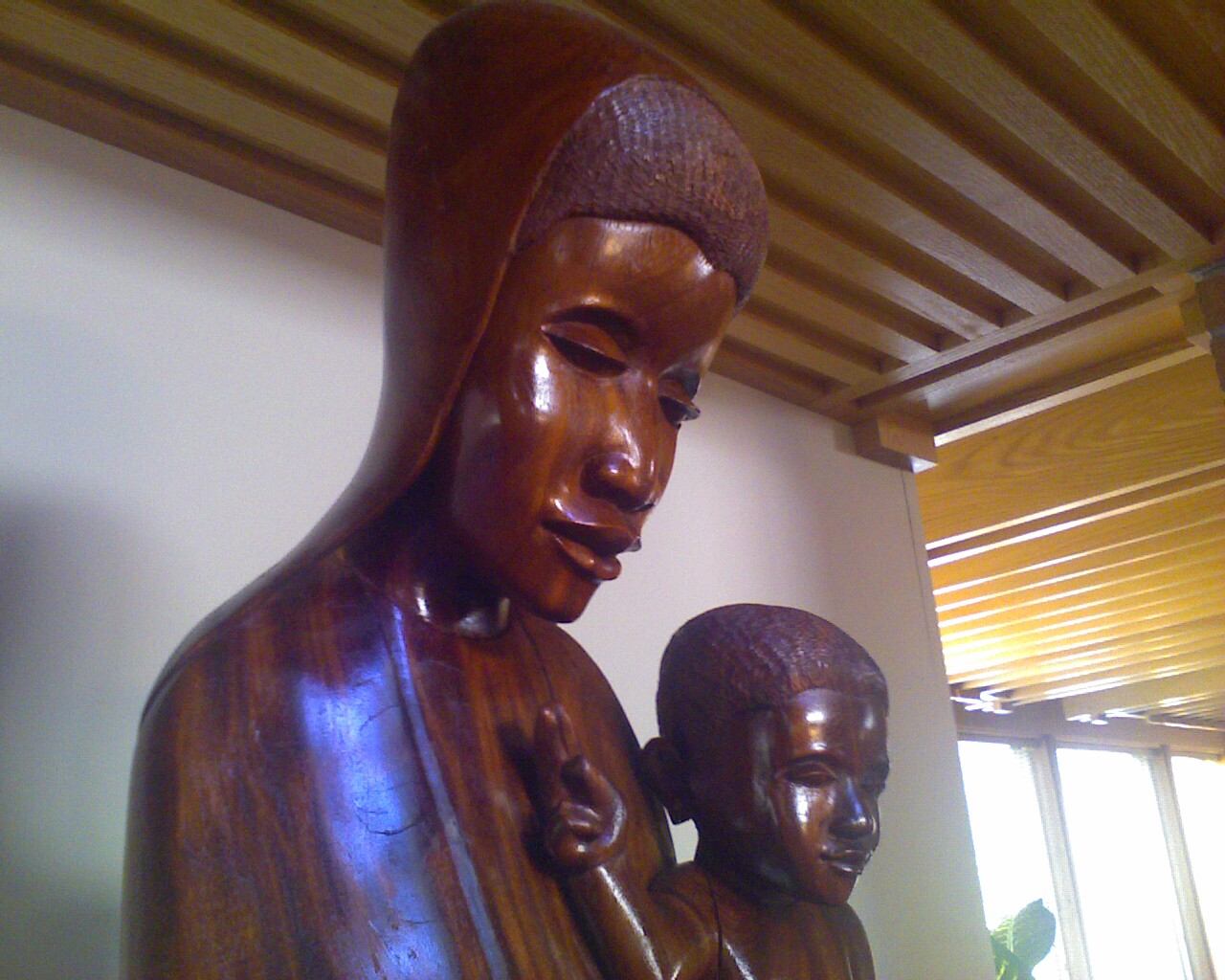
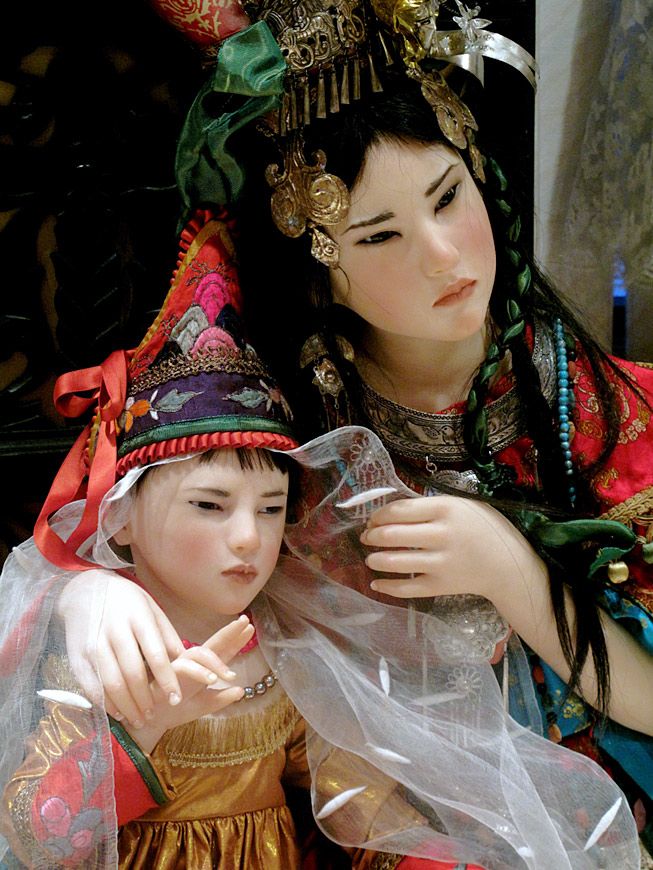
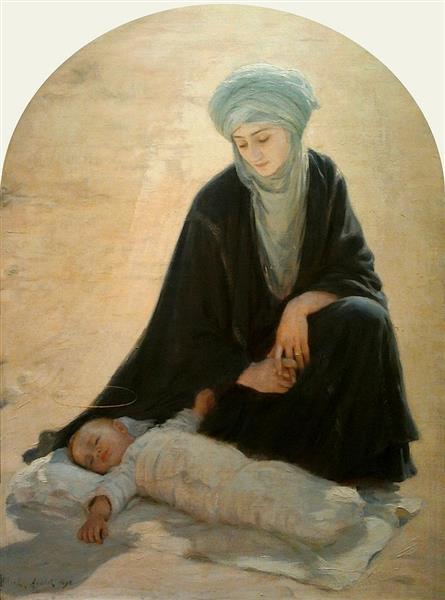
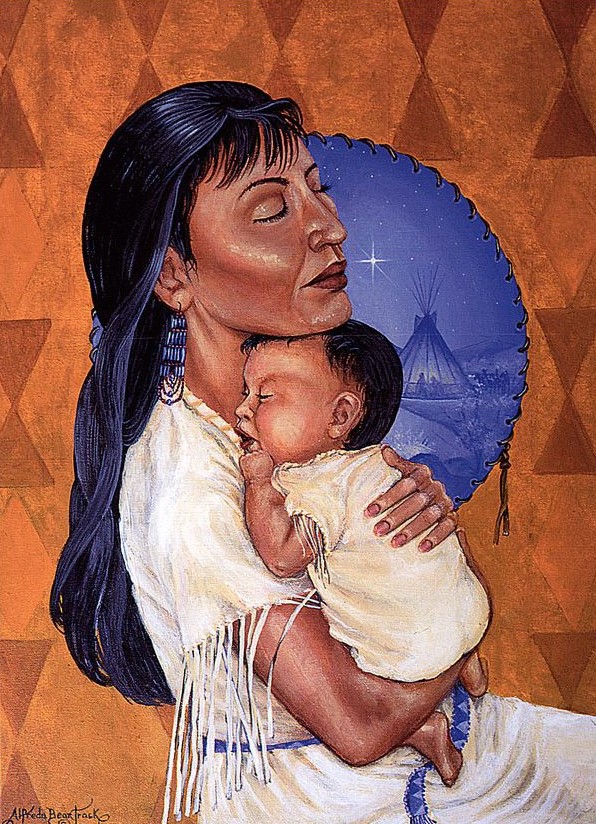
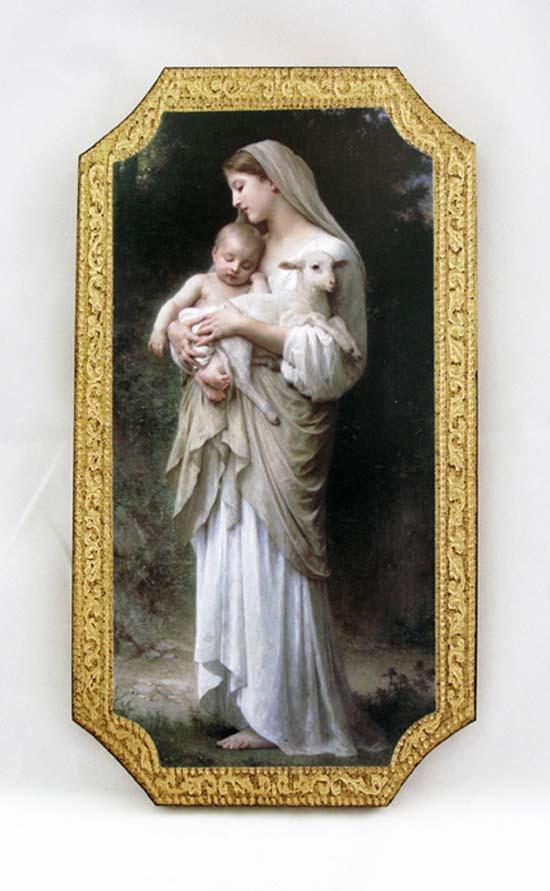
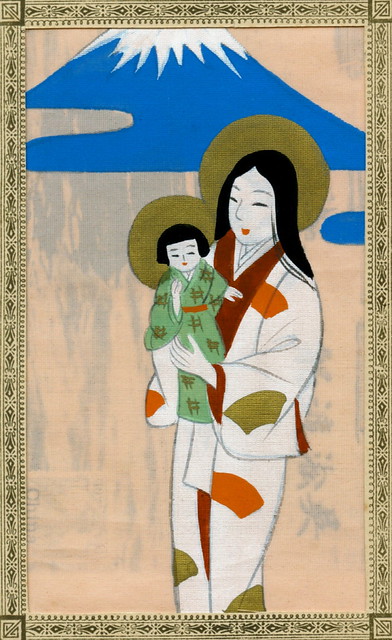
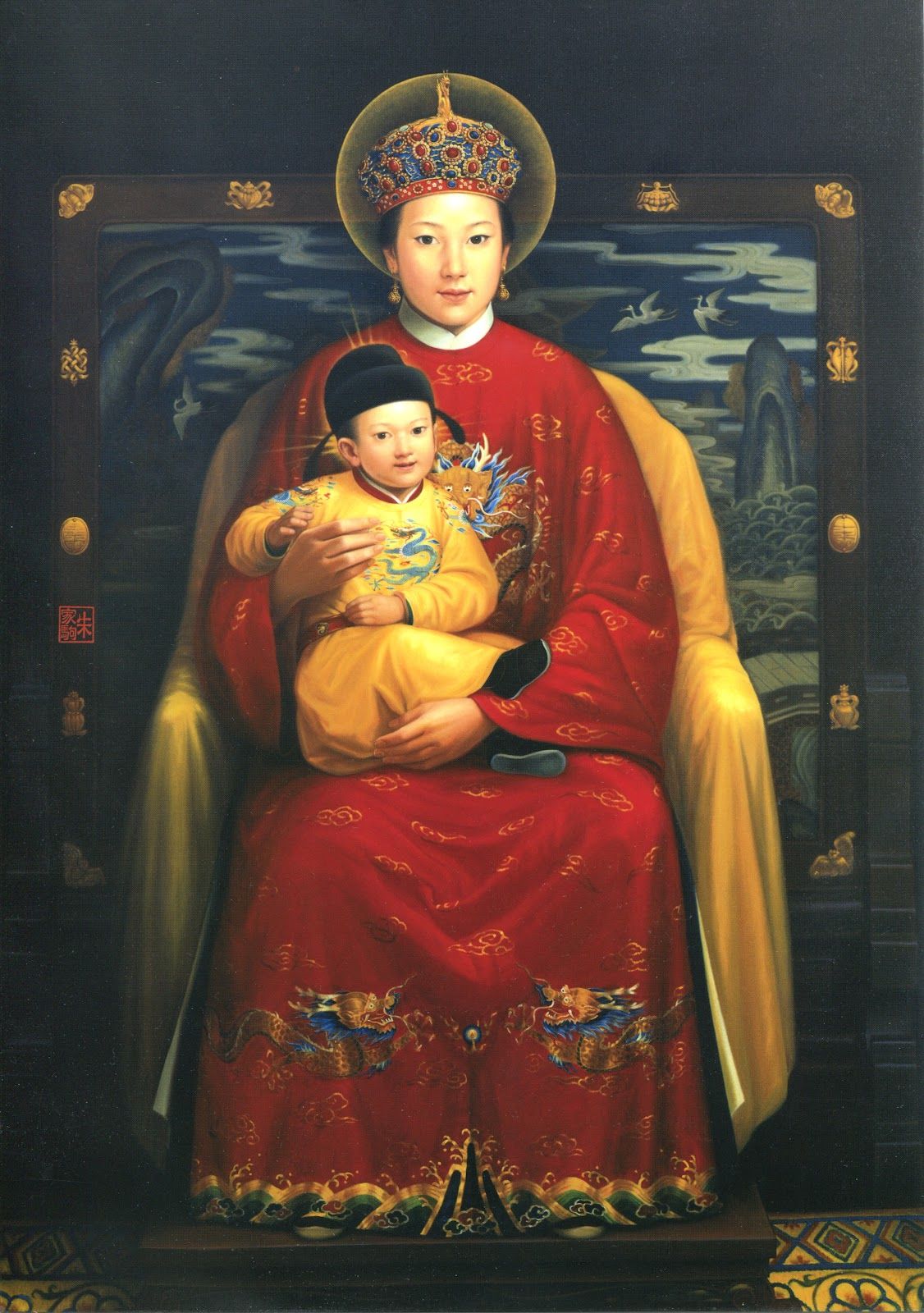
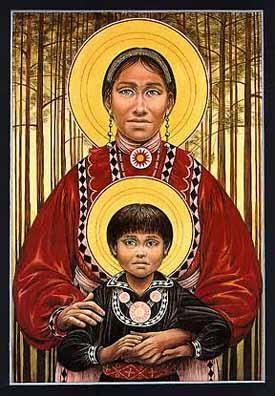
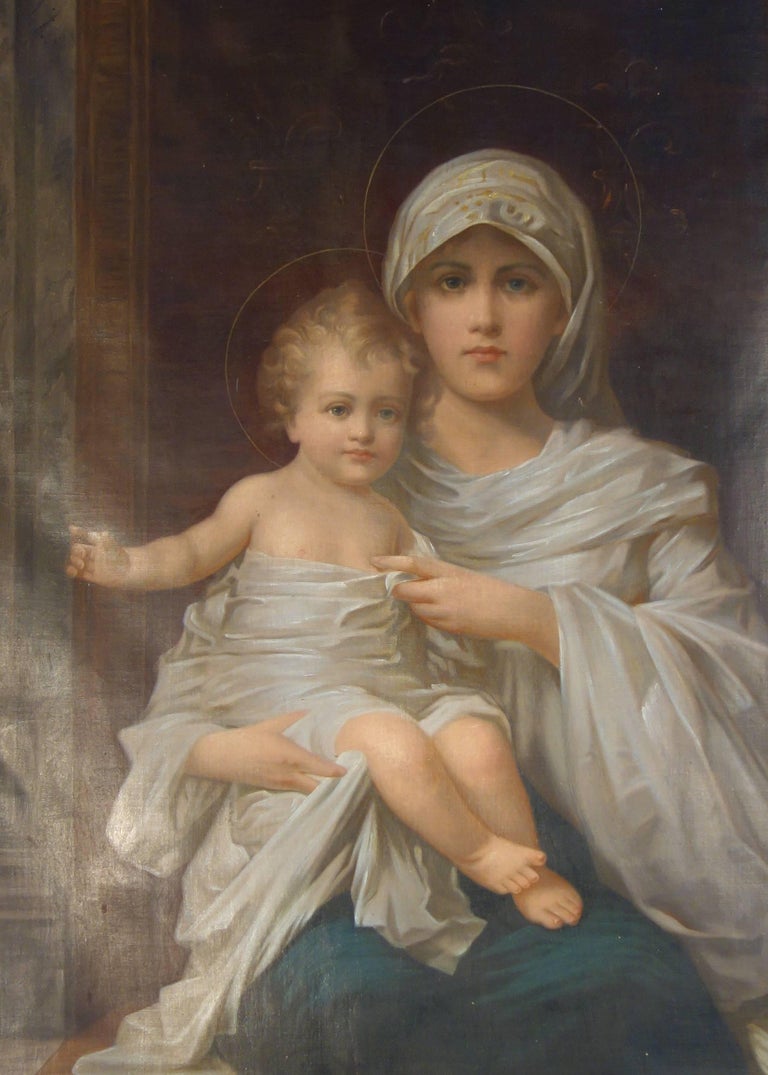
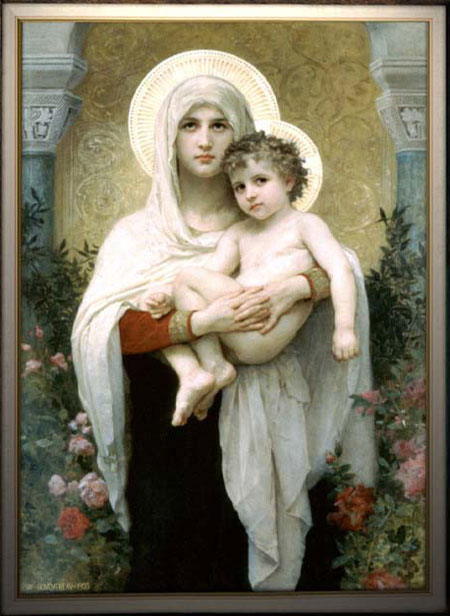
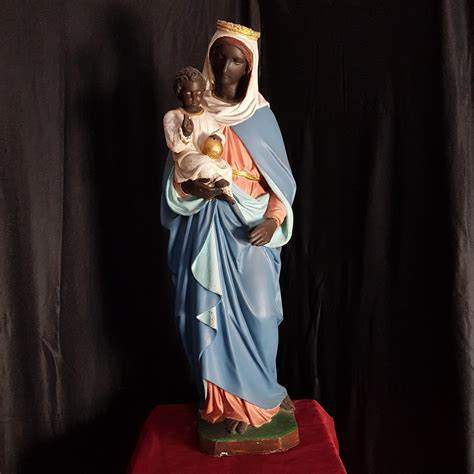
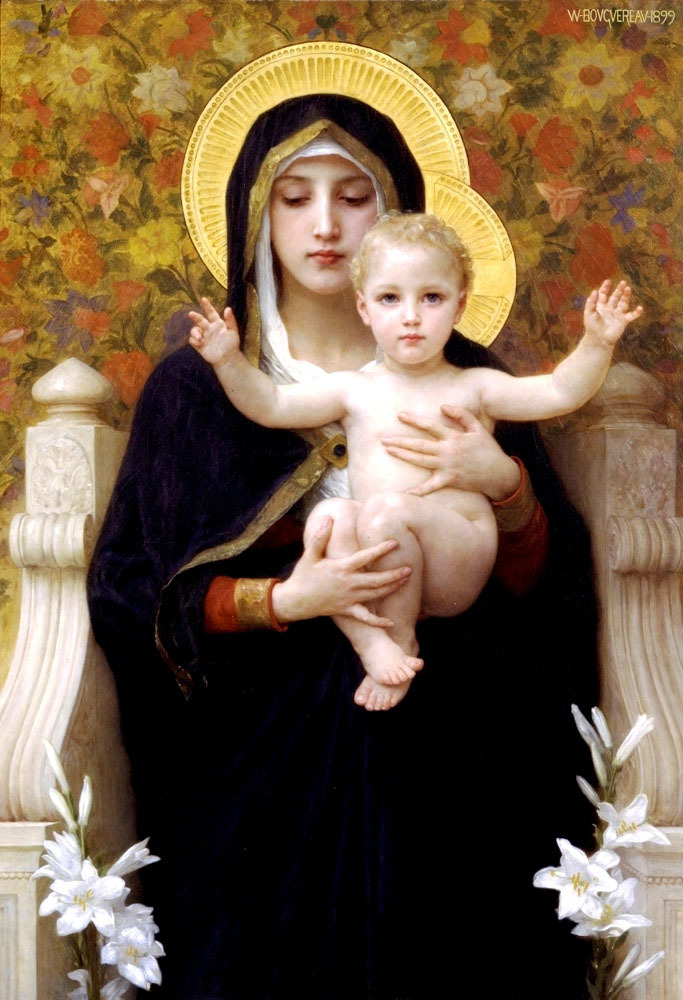
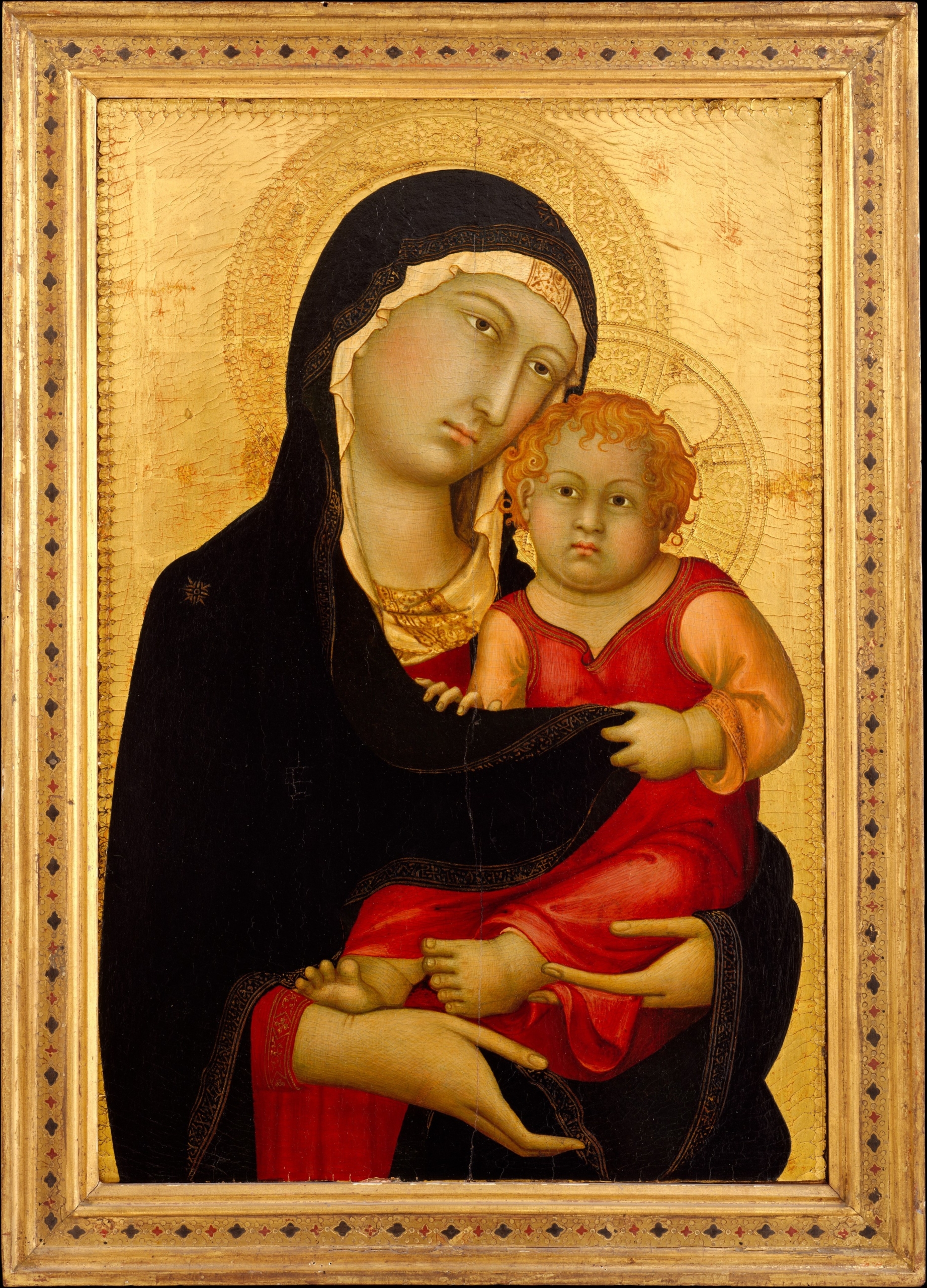
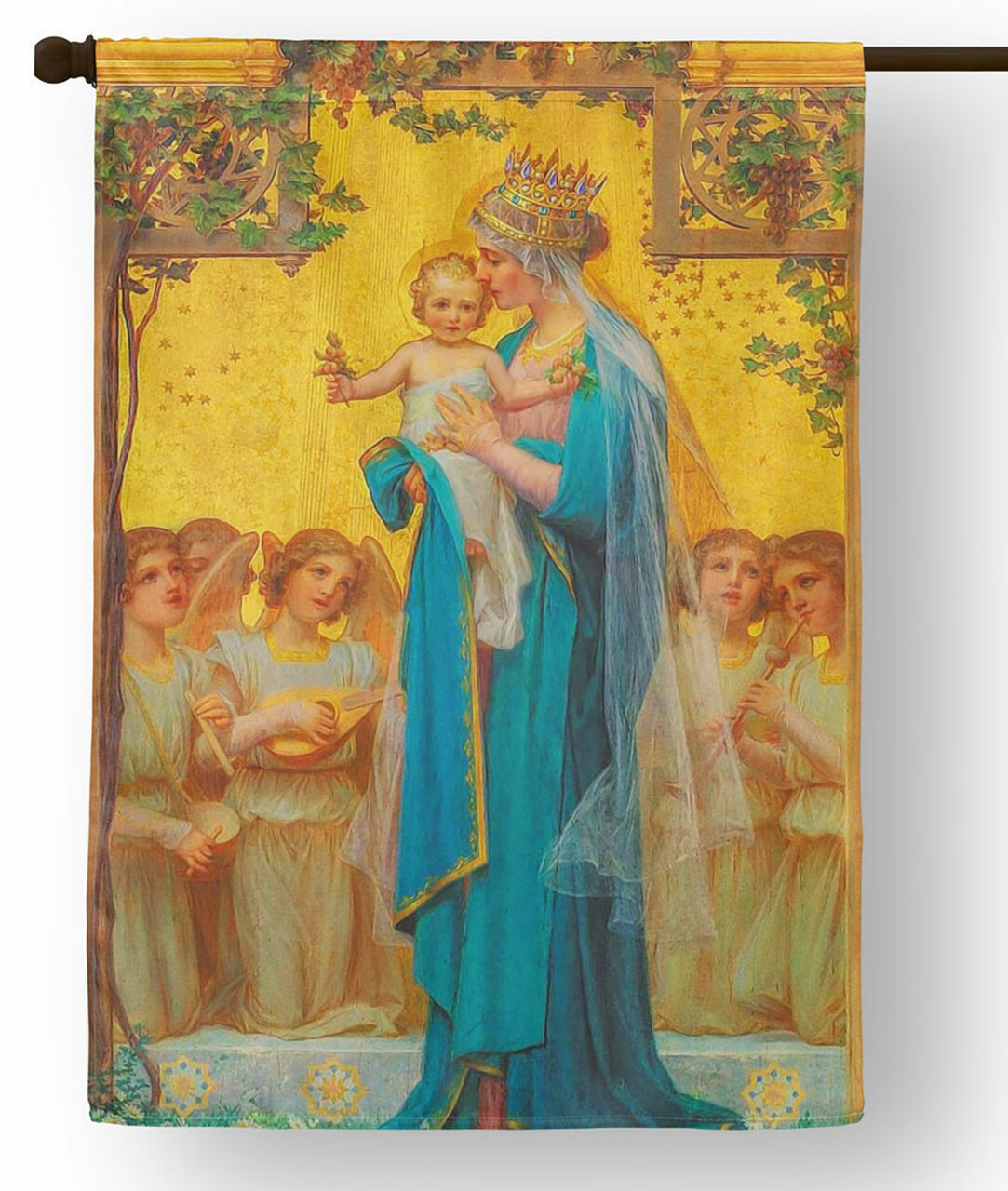
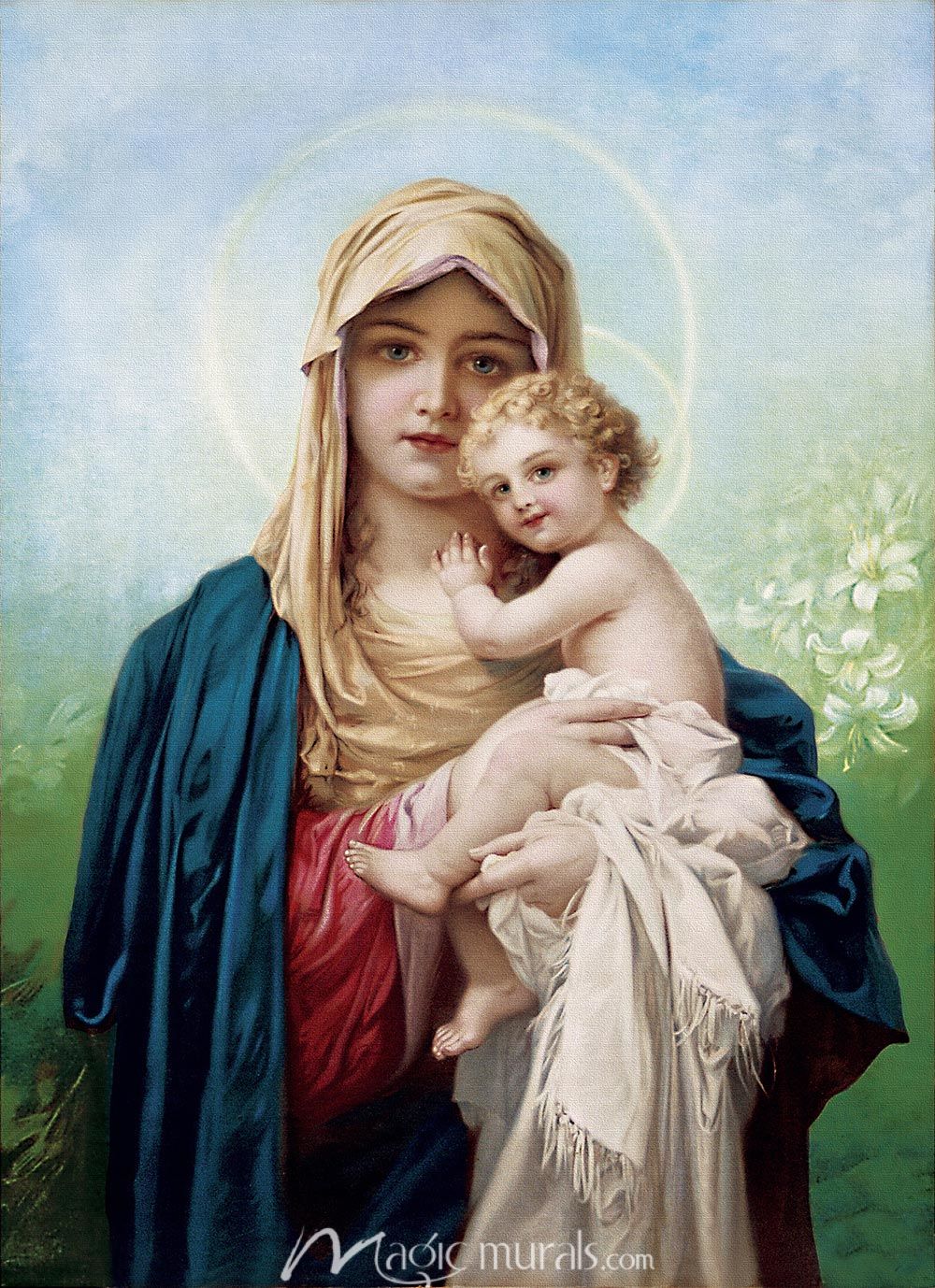
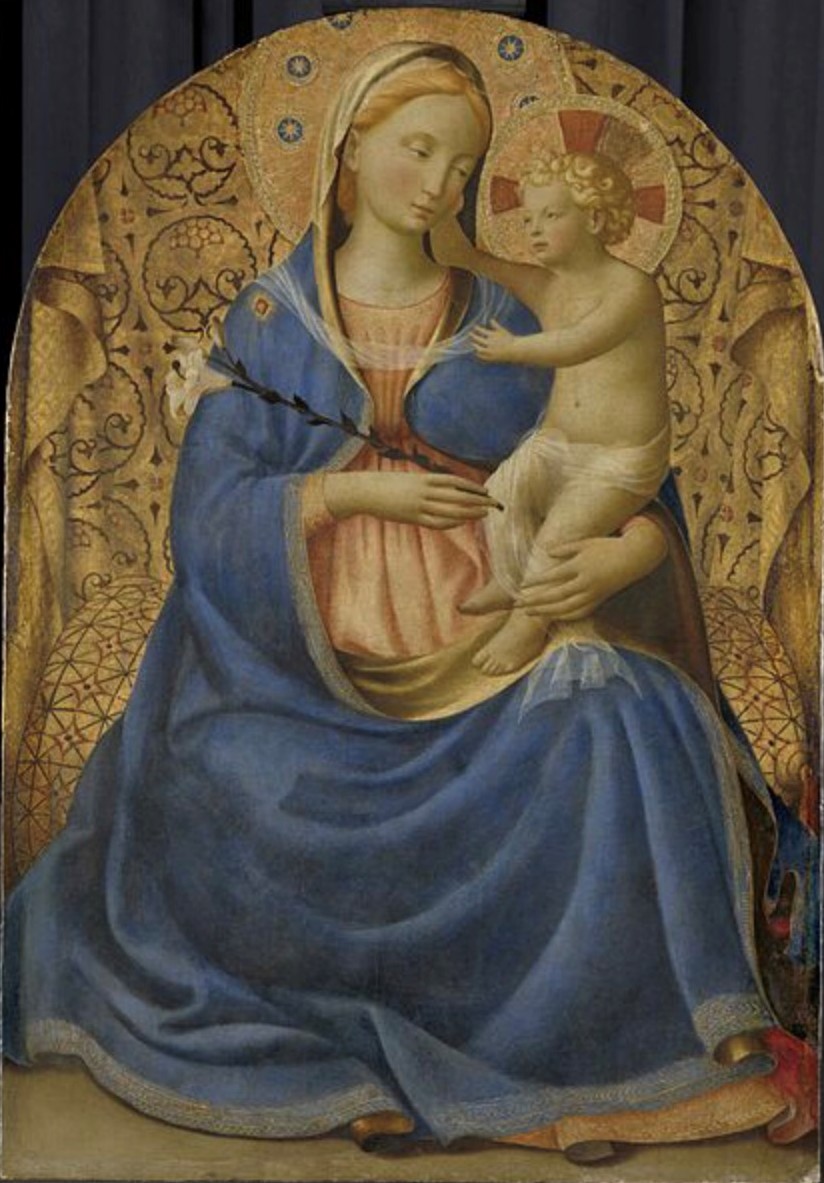
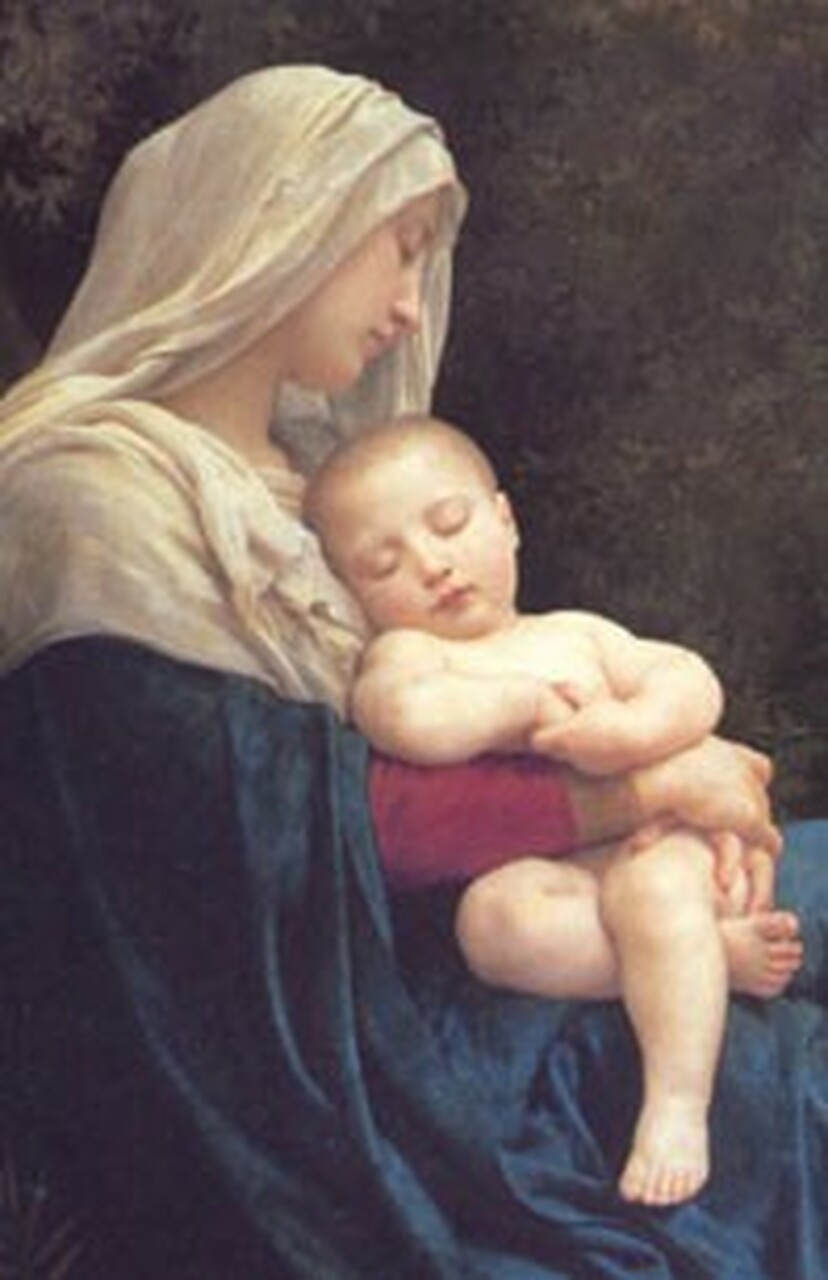

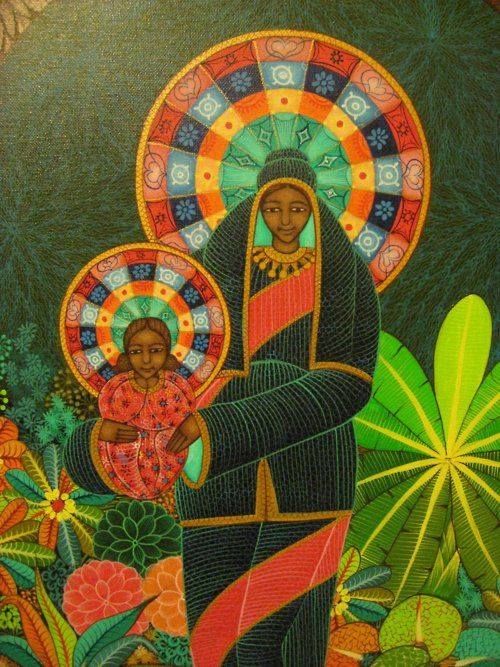
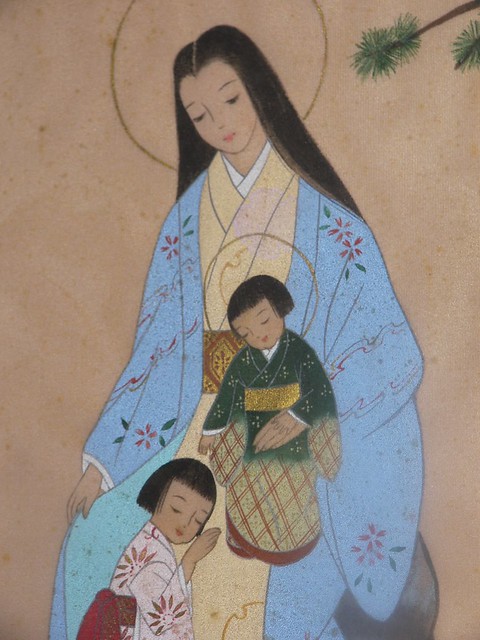



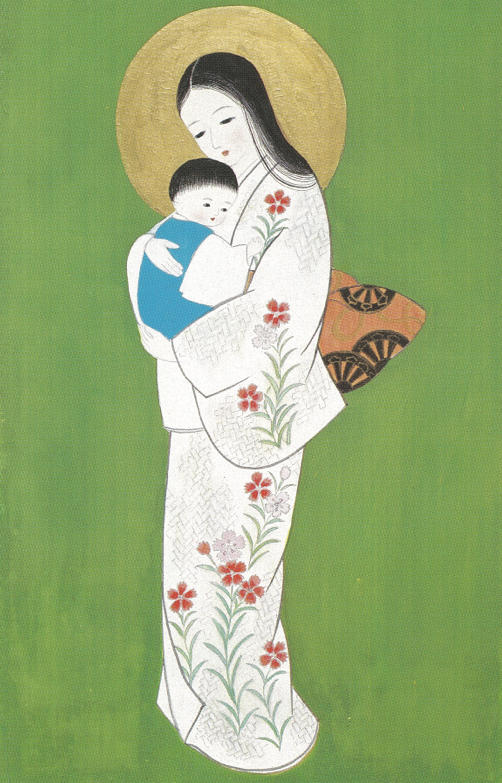
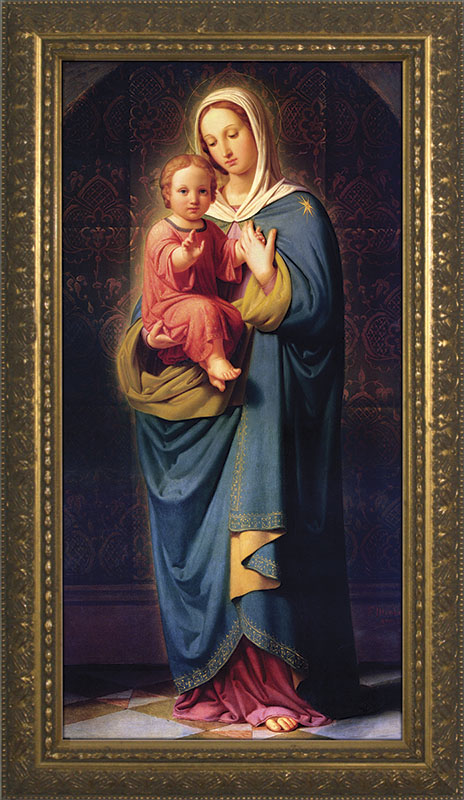
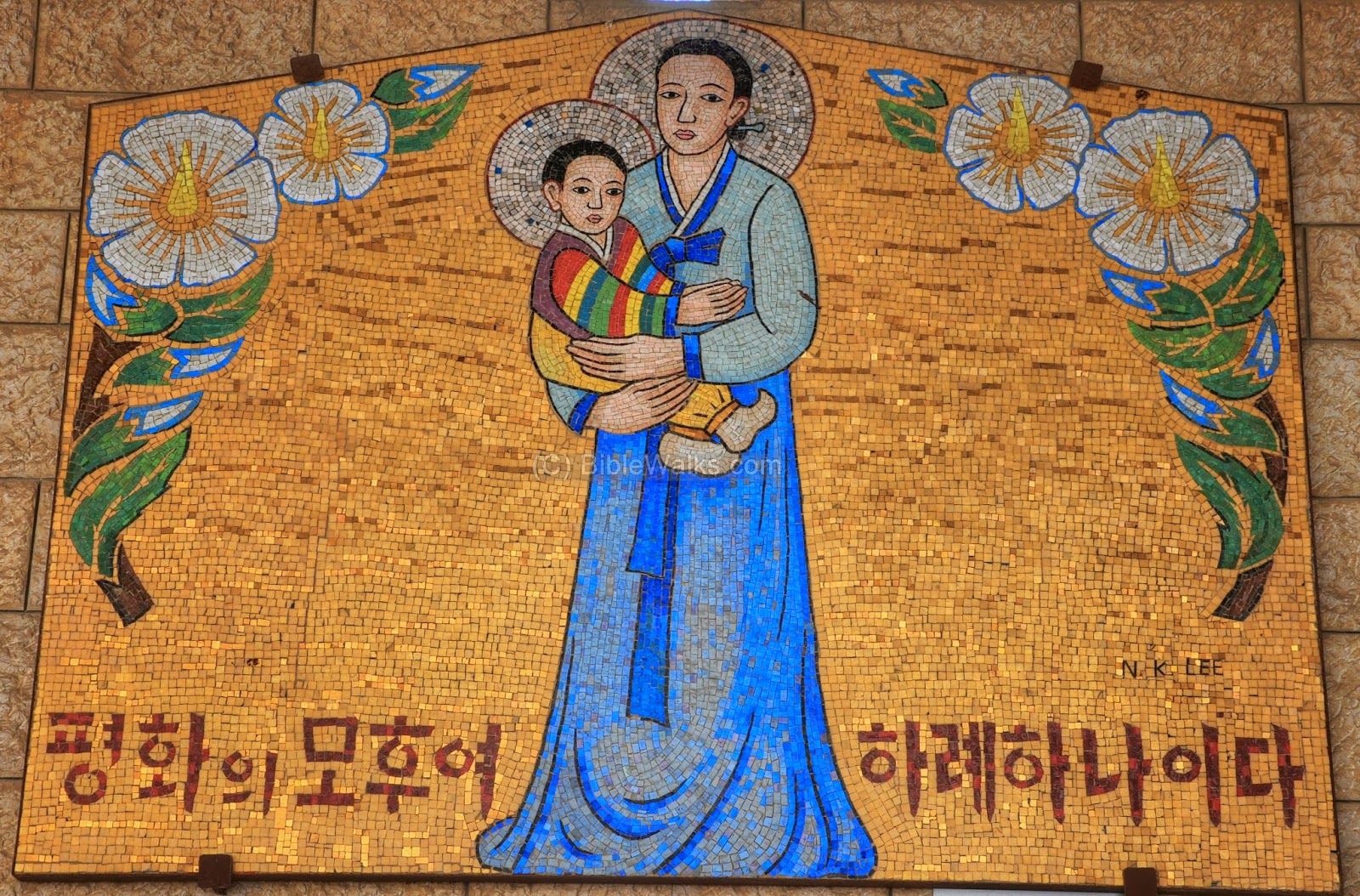
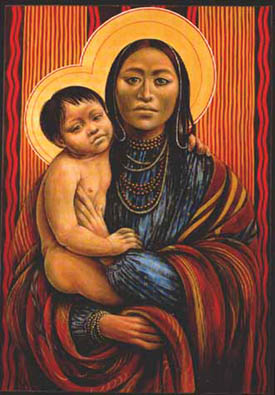

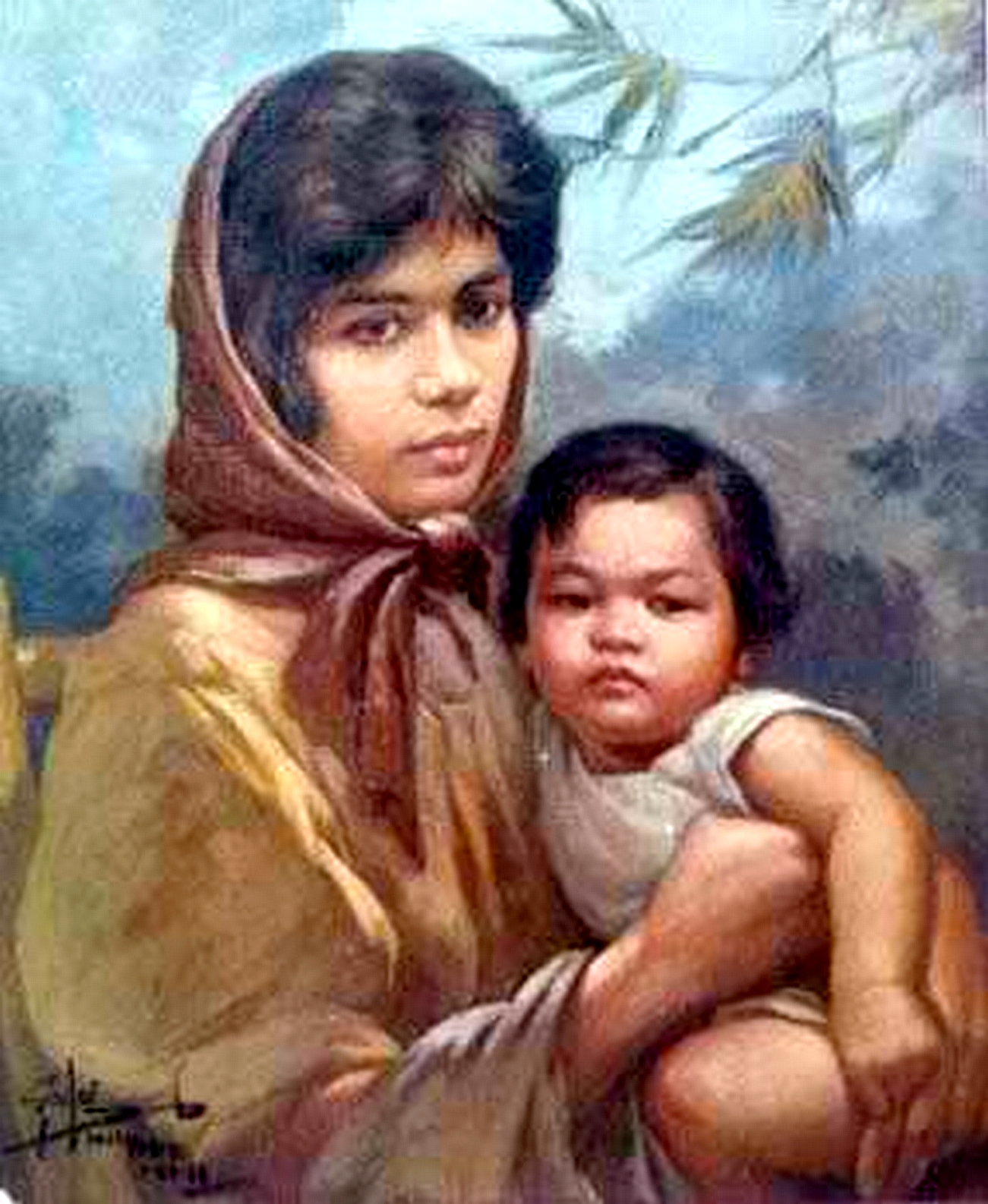
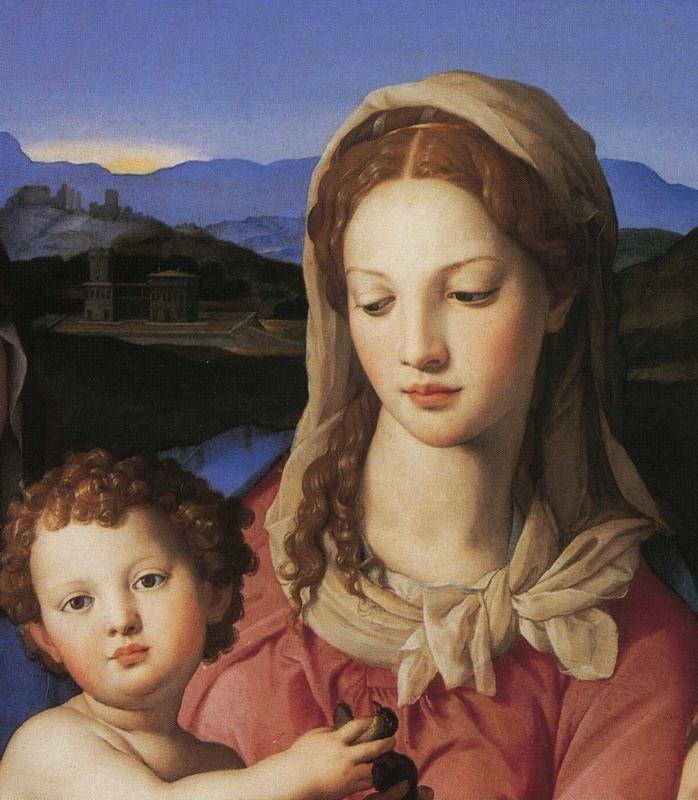
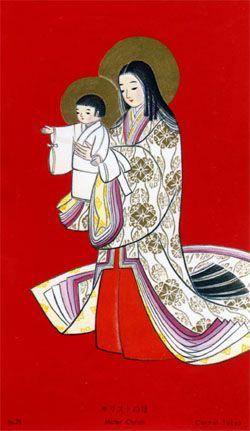
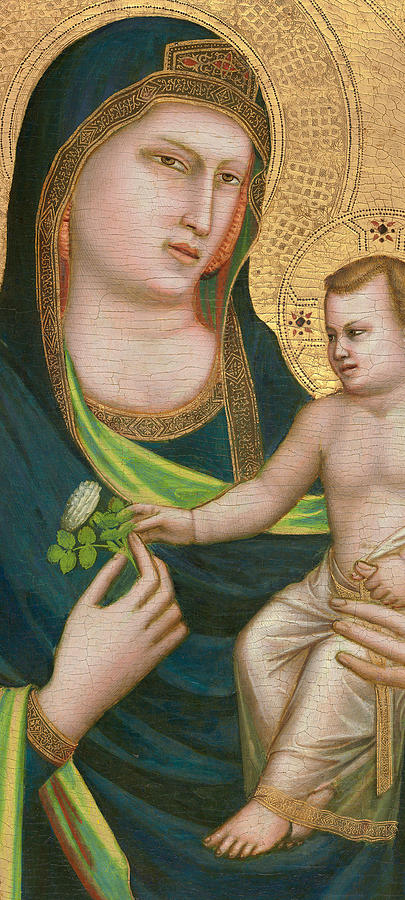
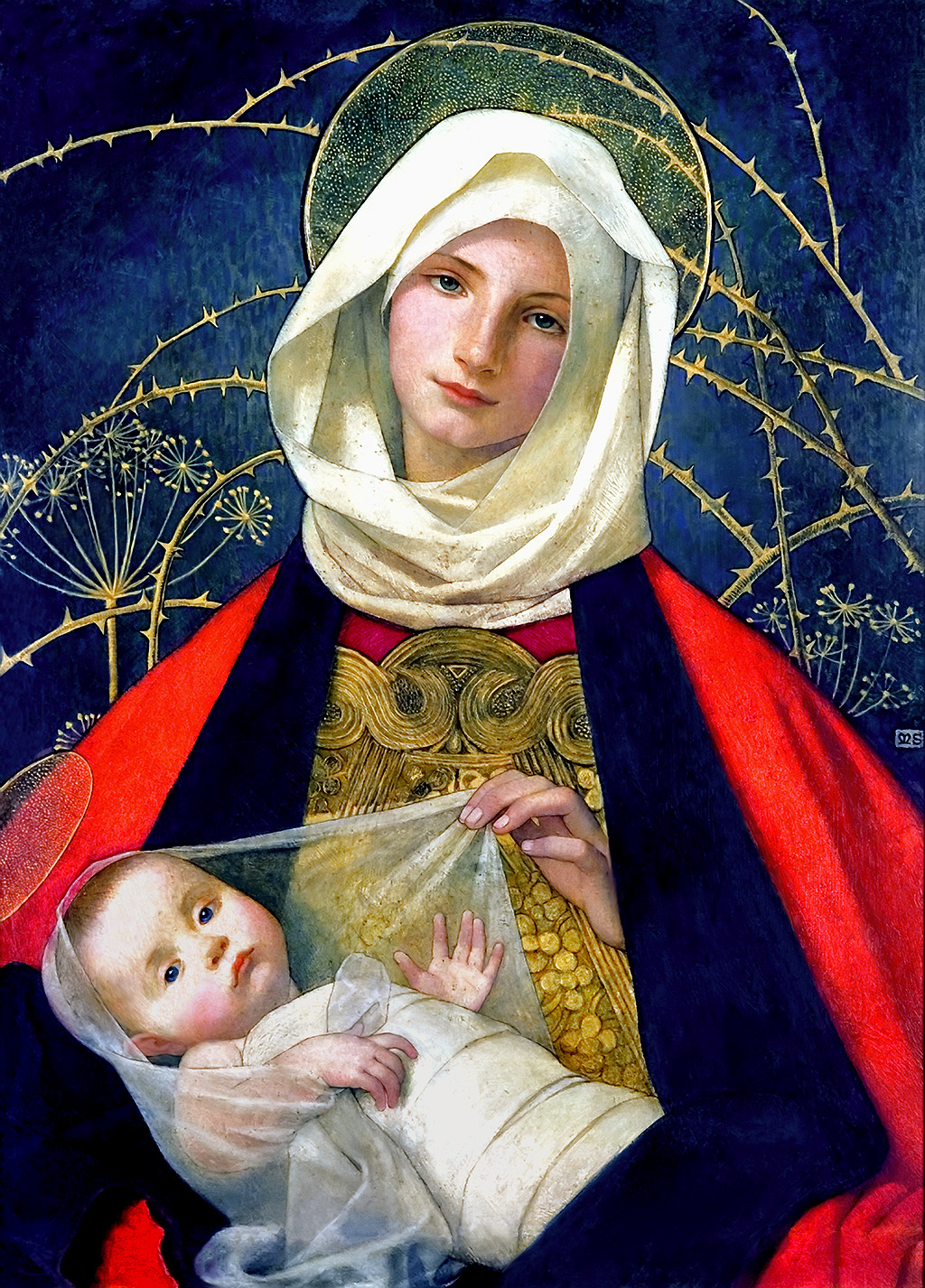
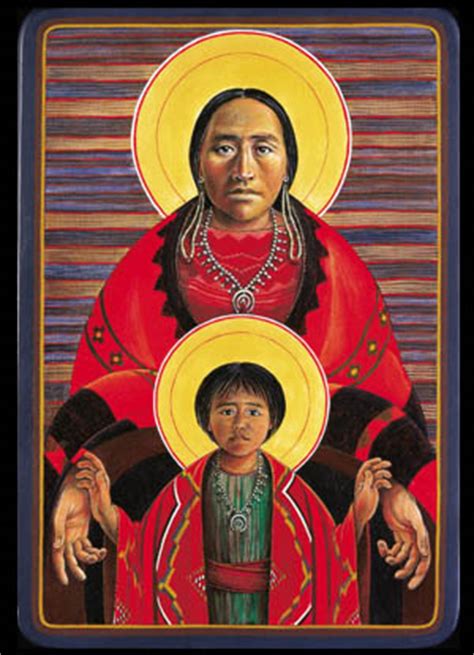
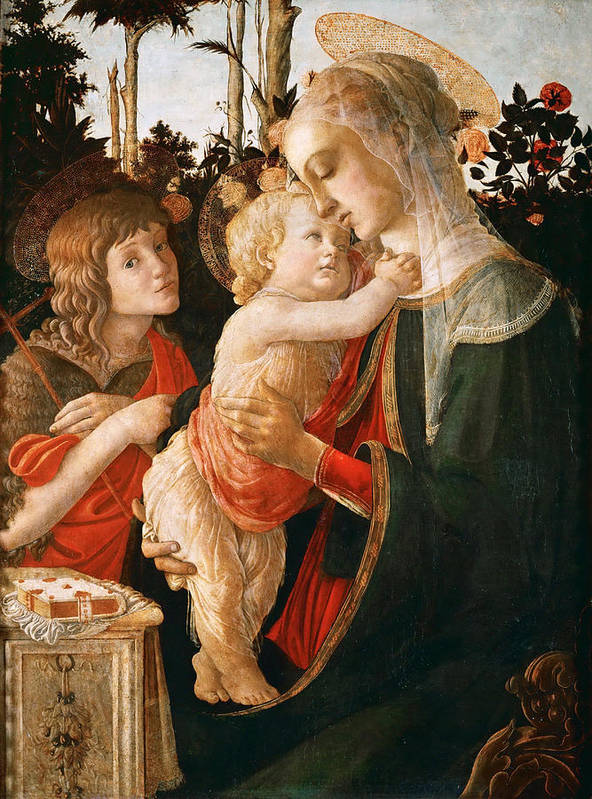
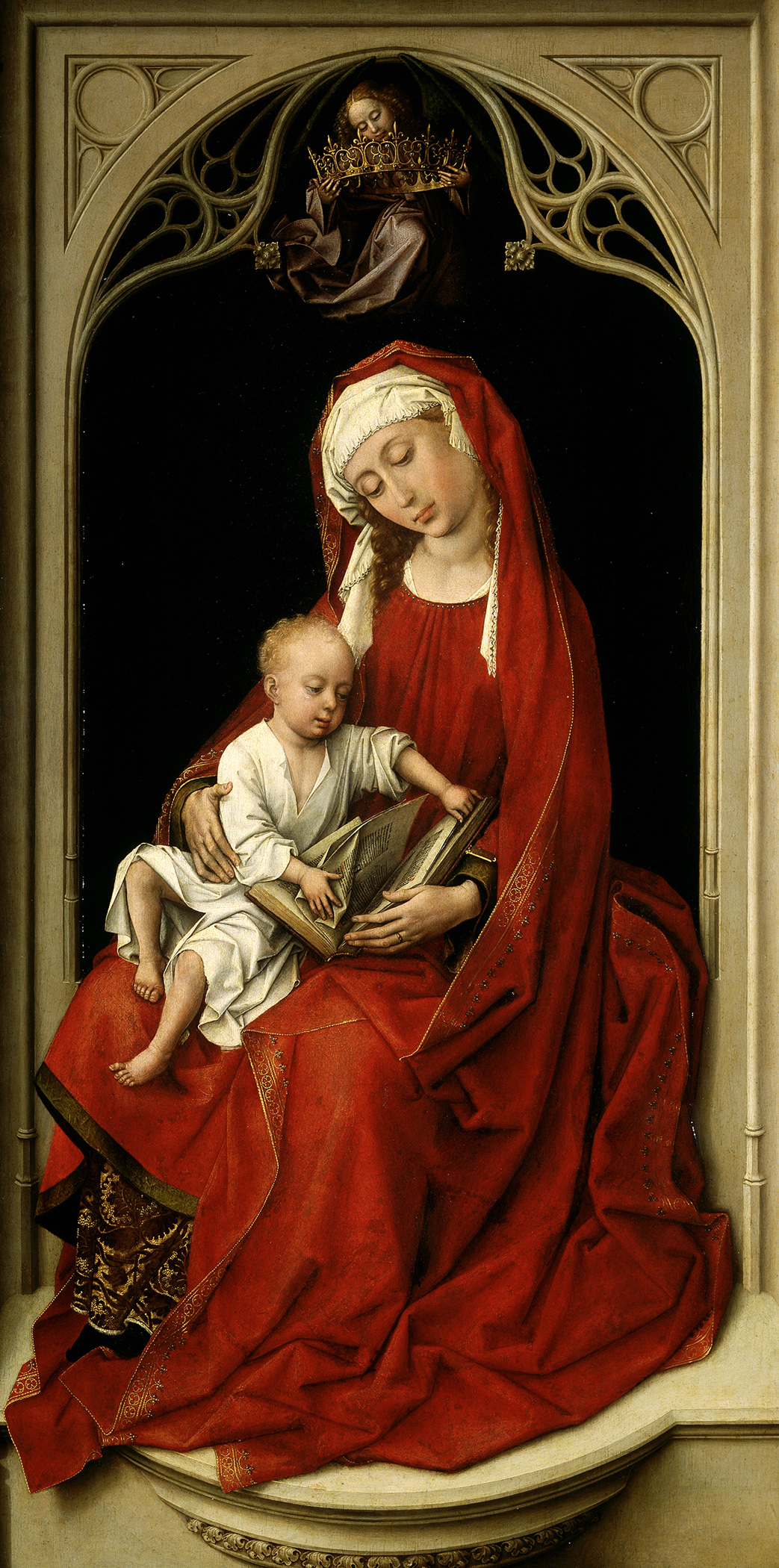
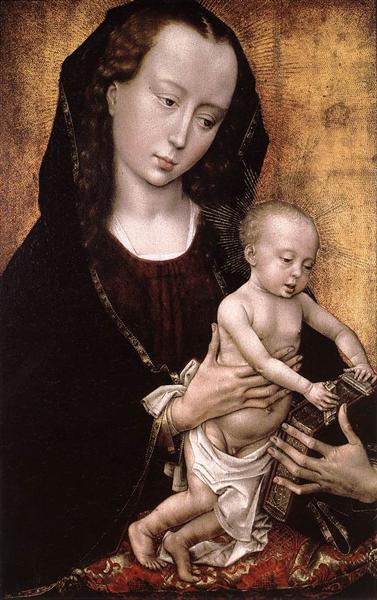
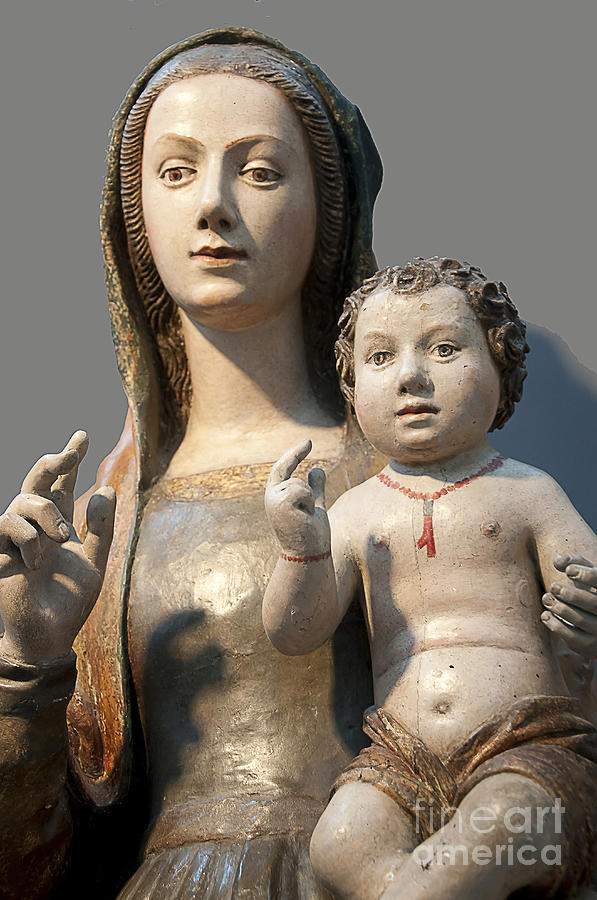
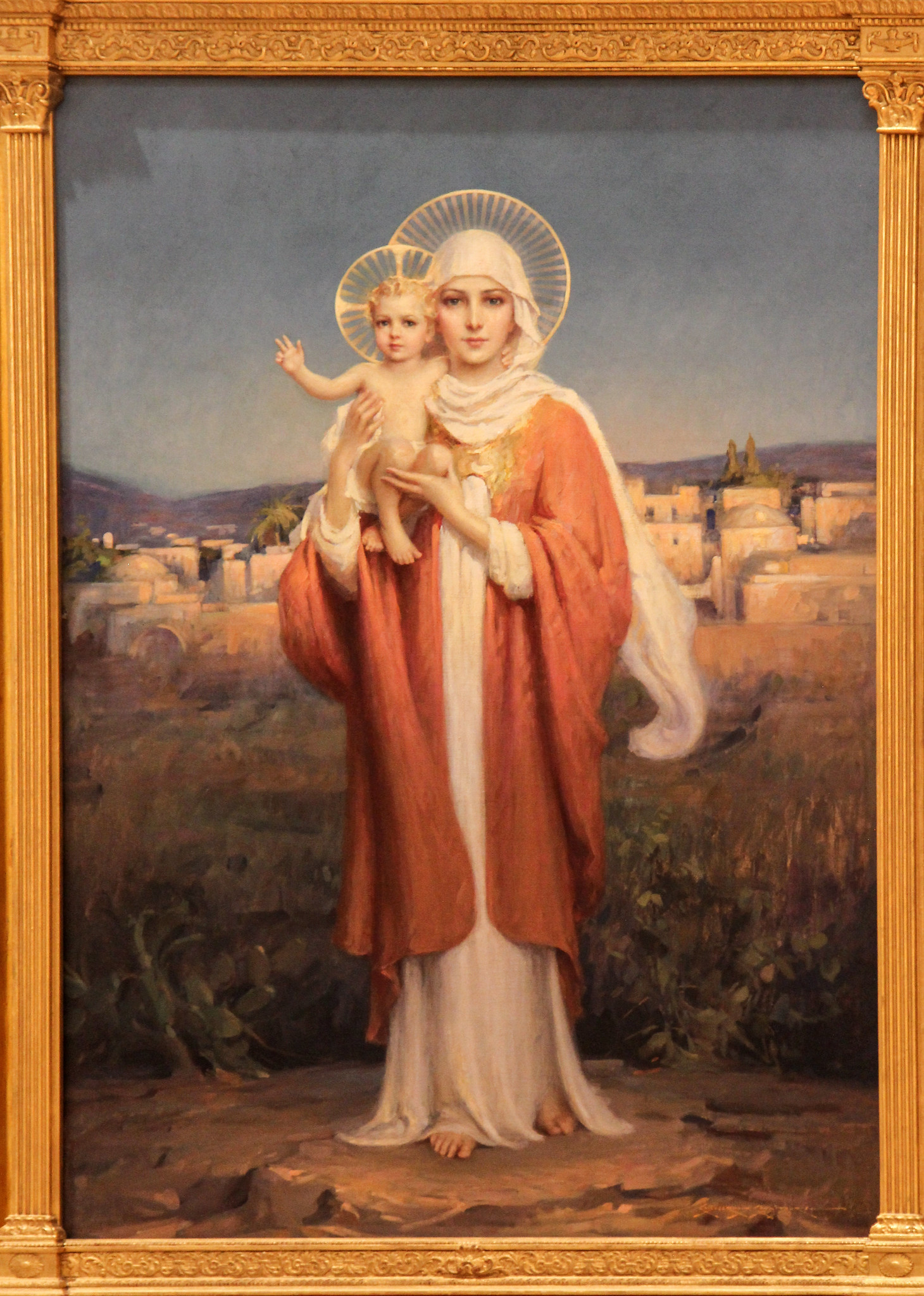
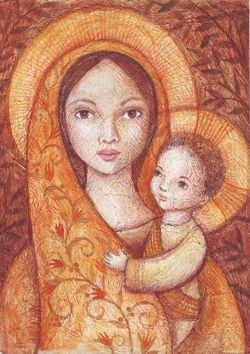
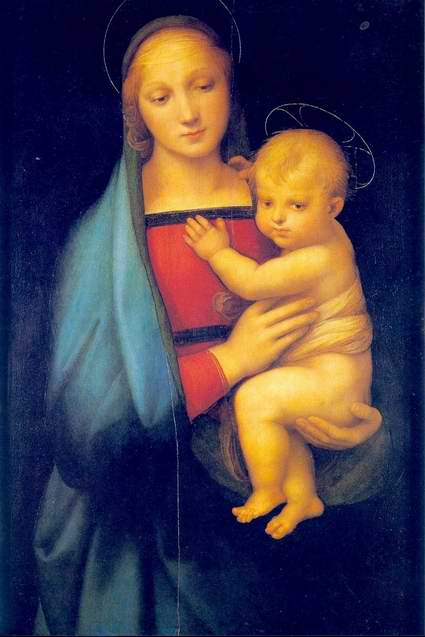
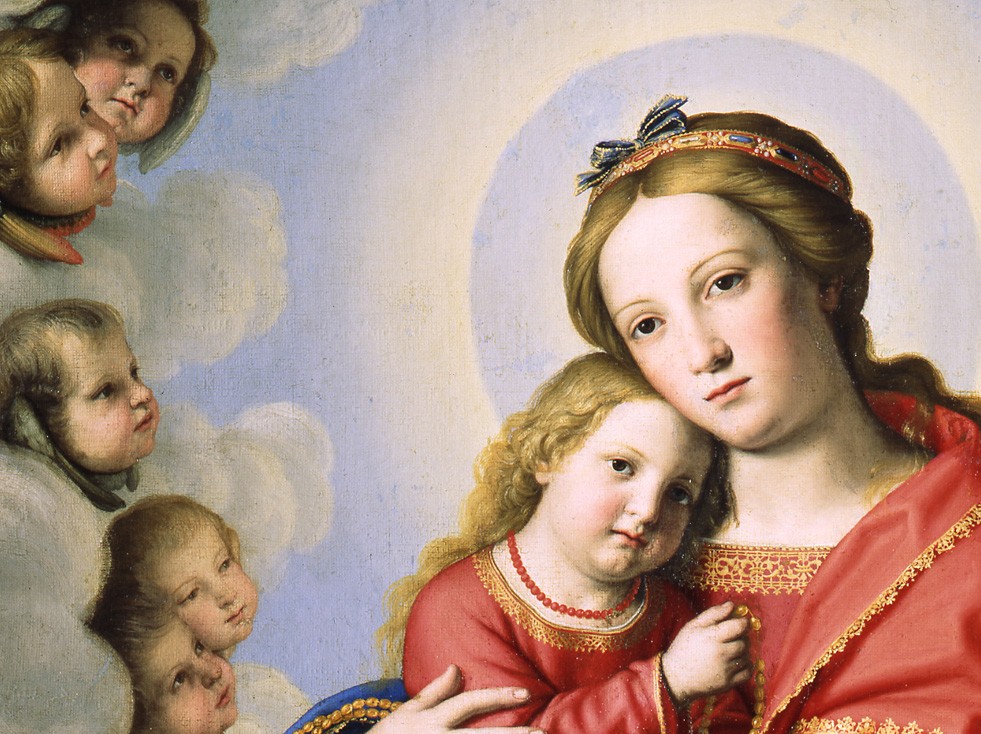
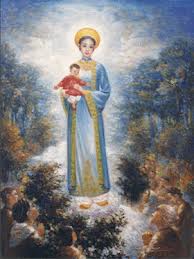
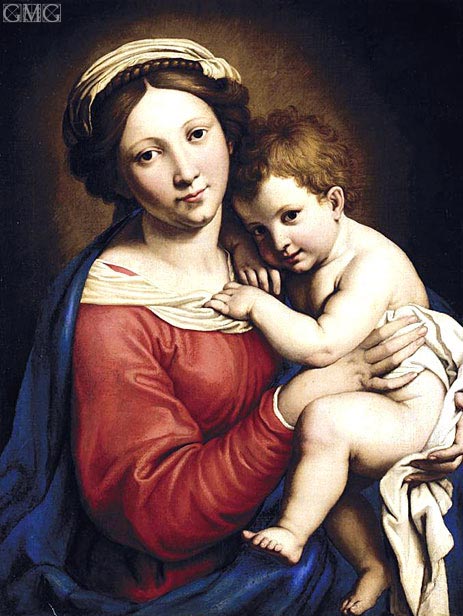
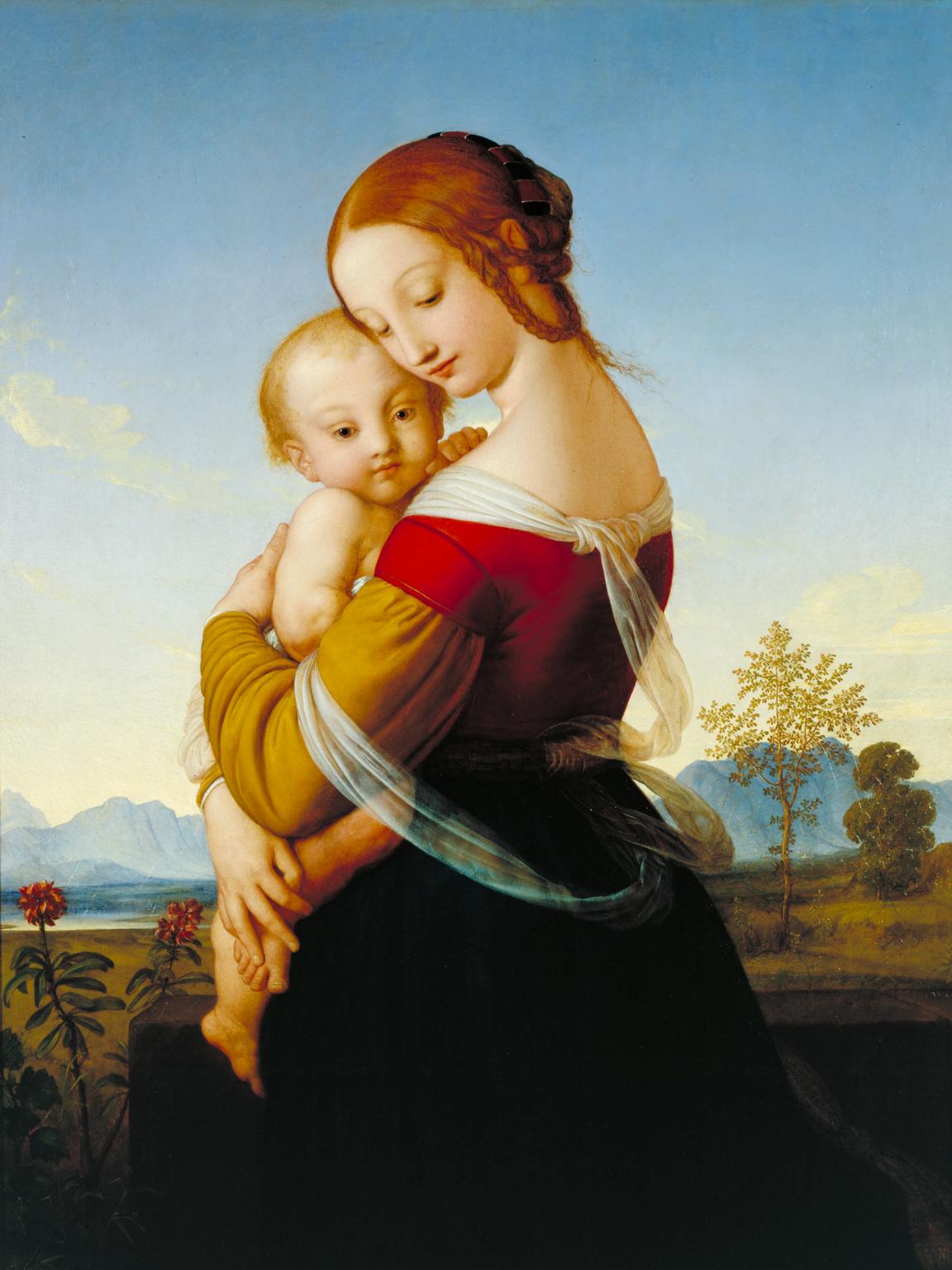
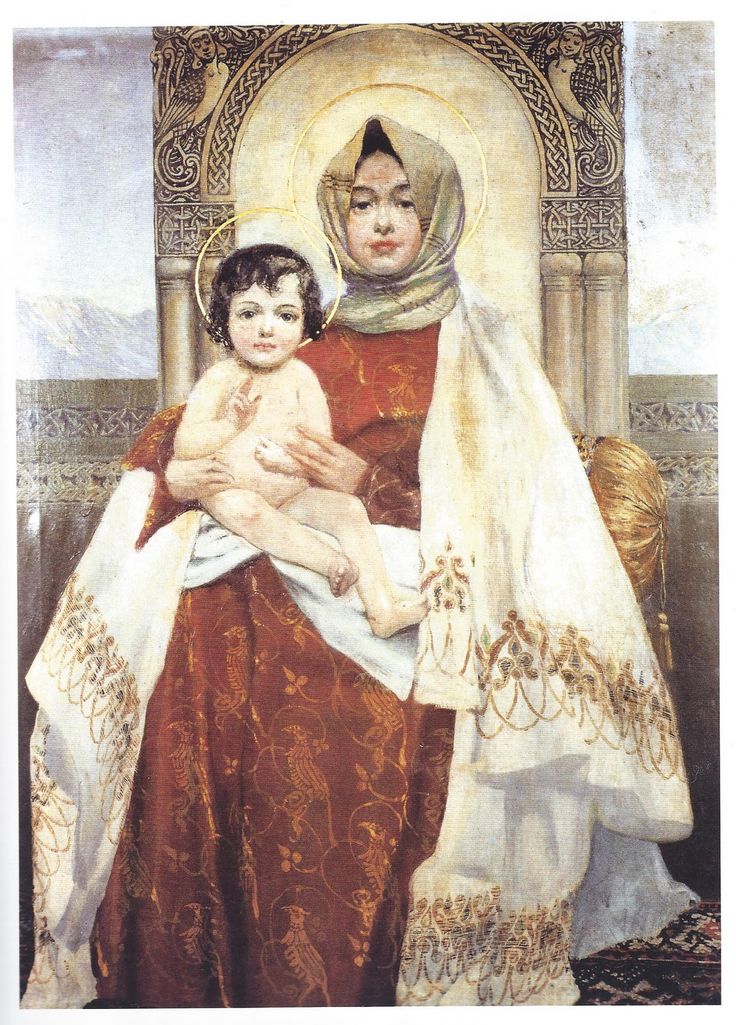

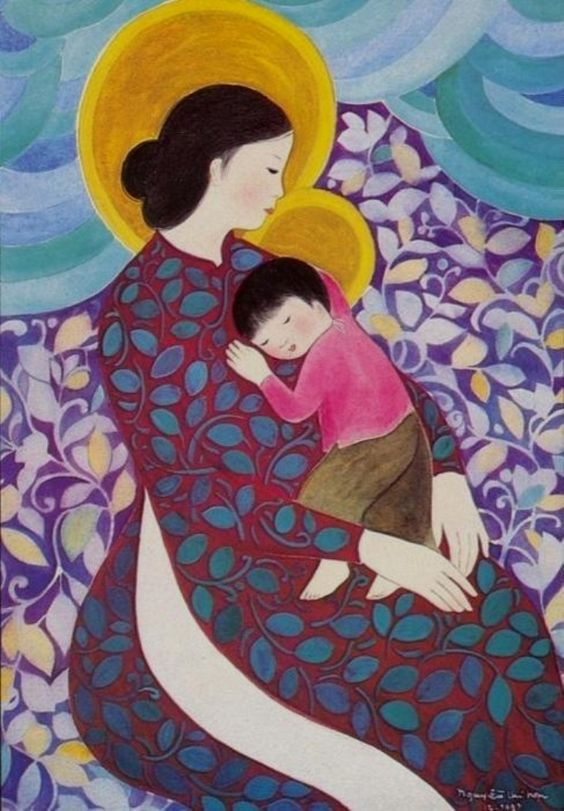
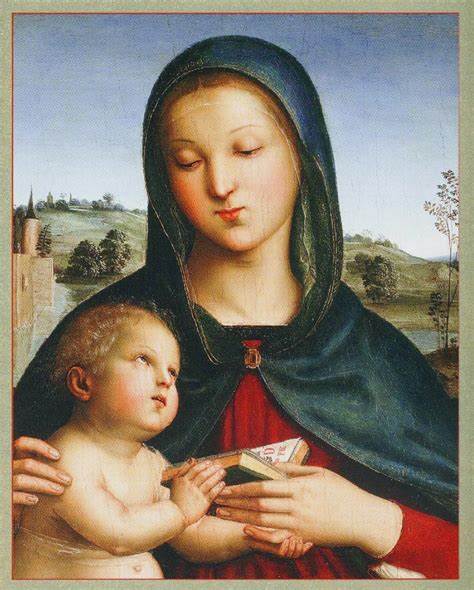
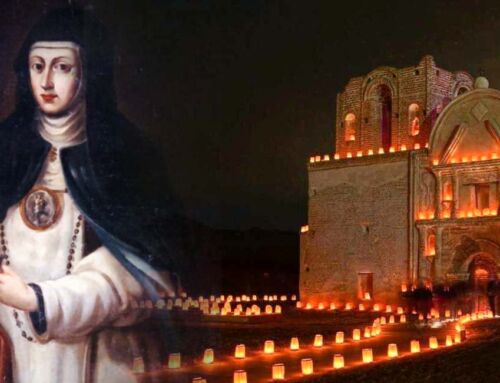
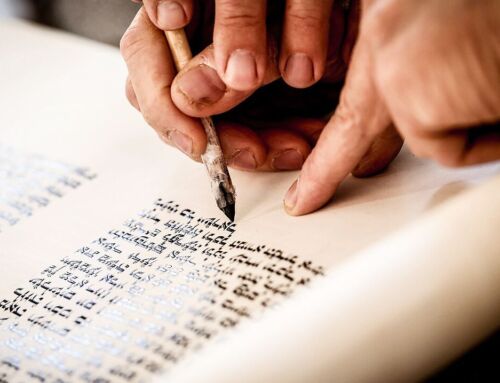
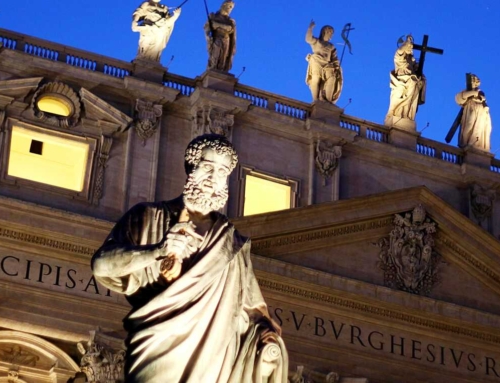
Great article! Well written and the pictures are just beautiful- I just love “the mini-me of Mary”
Thanks Ann!